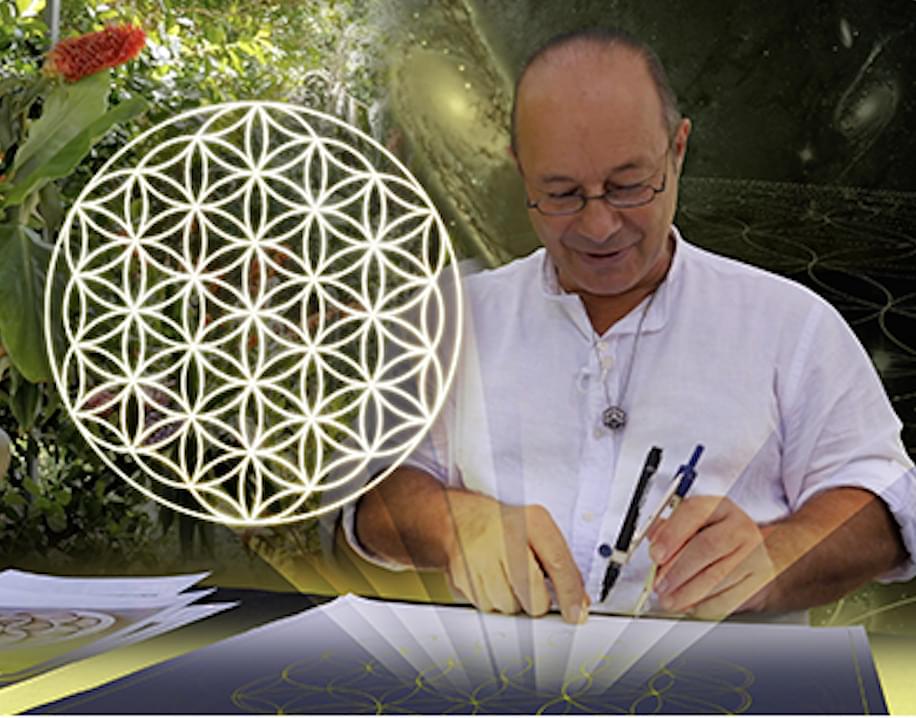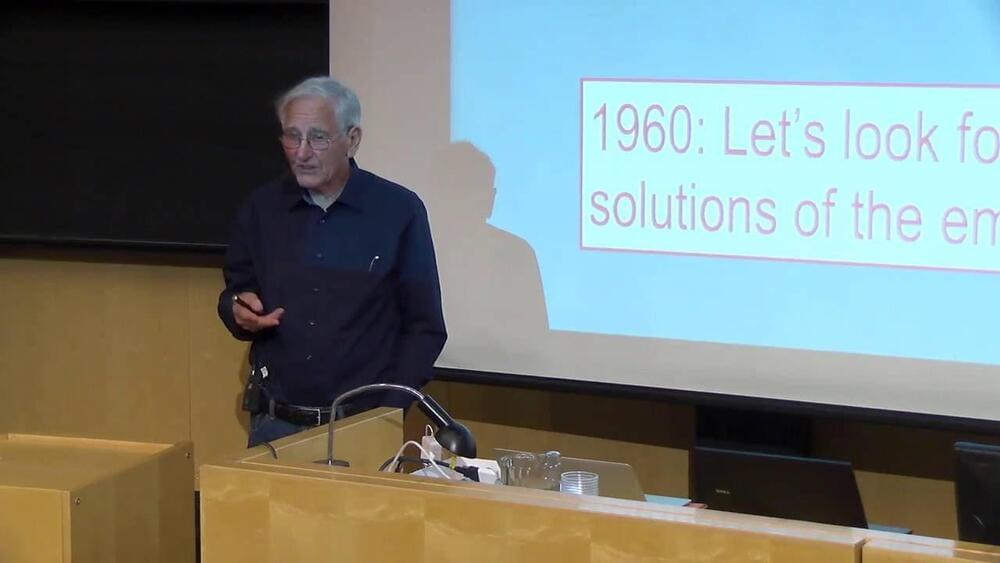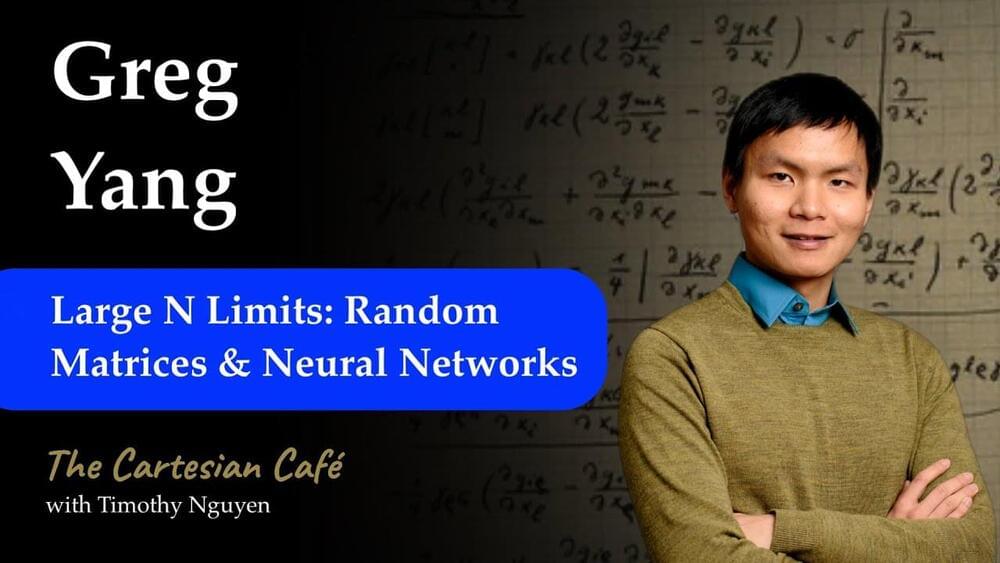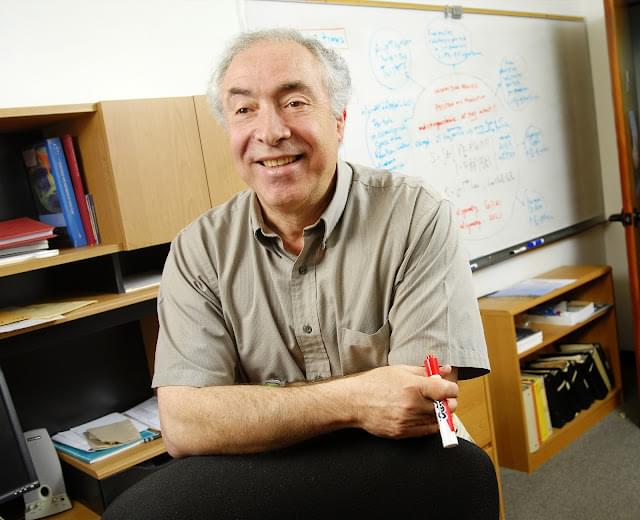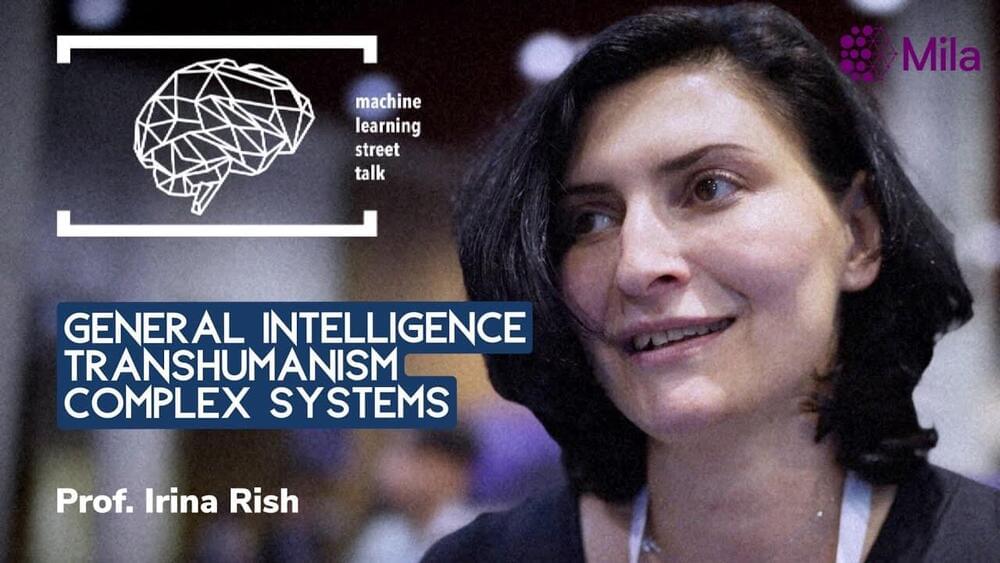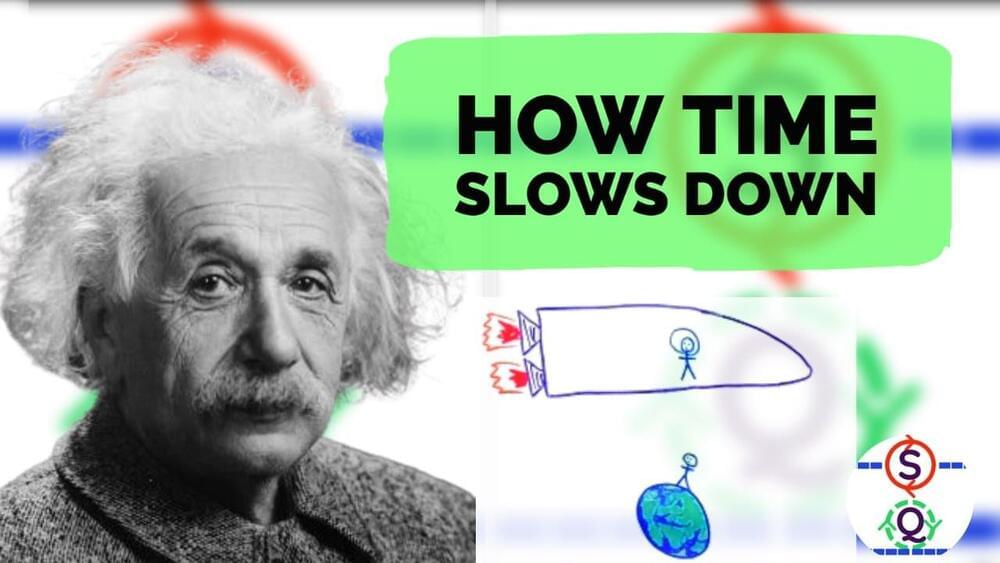Back-of-the-envelope math suggests interstellar probes get faster every year.
Category: mathematics – Page 73
Pyramid Mathematics
Posted in mathematics
International research centre led by Jain 108 that offers a global curriculum of Sacred Geometry, Philosophical Geometry and Pyramid Mathematics. Online Courses presented by Jain 108 now available.
Without satellite navigation, rockets can’t navigate to the moon without ground control, which is costly, cumbersome, and requires a lot of math.
In mathematical physics, a closed timelike curve (CTC) is a world line in a Lorentzian manifold, of a material particle in spacetime, that is “closed”, returning to its starting point. This possibility was first discovered by Willem Jacob van Stockum in 1937[1] and later confirmed by Kurt Gödel in 1949,[2] who discovered a solution to the equations of general relativity (GR) allowing CTCs known as the Gödel metric; and since then other GR solutions containing CTCs have been found, such as the Tipler cylinder and traversable wormholes.
Commercial Purposes ► [email protected].
–
What is the Drake Equation? We are talking about The Odds of ALIEN LIFE.
Is there life out there in the Universe?
How are the chances to find Extraterrestrial life?
We don’t know the answers to a lot of questions, for example:
How many alien societies exist, and are detectable?
Even though we don’t know how to answer such a question, we can at least try to figure it out with a little help from our beloved…Math.
First, we have to have a pretty good idea about how the universe works, and of course about the star and planetary formation, as well as conditions for life as we know it. This means we have to study and collect a lot of data. Luckily for us, we – humans — aren’t so bad. Physics, astronomy, chemistry, biology and all-natural sciences offer us the hints for the mathematical set of parameters that will give us an equation to calculate the number of alien societies that exist and are detectable.
Second, one has to sit down and think about which parameters should appear in the equation, and which not.
Do you think it’s difficult? I think so.
But luckily for us, in 1961 scientists Drake came up with a famous equation, that estimated the number of transmitting societies in the Milky Way Galaxy…
-
Greg Yang is a mathematician and AI researcher at Microsoft Research who for the past several years has done incredibly original theoretical work in the understanding of large artificial neural networks. Greg received his bachelors in mathematics from Harvard University in 2018 and while there won the Hoopes prize for best undergraduate thesis. He also received an Honorable Mention for the Morgan Prize for Outstanding Research in Mathematics by an Undergraduate Student in 2018 and was an invited speaker at the International Congress of Chinese Mathematicians in 2019.
In this episode, we get a sample of Greg’s work, which goes under the name “Tensor Programs” and currently spans five highly technical papers. The route chosen to compress Tensor Programs into the scope of a conversational video is to place its main concepts under the umbrella of one larger, central, and time-tested idea: that of taking a large N limit. This occurs most famously in the Law of Large Numbers and the Central Limit Theorem, which then play a fundamental role in the branch of mathematics known as Random Matrix Theory (RMT). We review this foundational material and then show how Tensor Programs (TP) generalizes this classical work, offering new proofs of RMT. We conclude with the applications of Tensor Programs to a (rare!) rigorous theory of neural networks.
Patreon: https://www.patreon.com/timothynguyen.
Part I. Introduction.
As science fiction would have you believe, you can’t really go to “another dimension.” Dimensions are more about how we see the world. But some things point to not just one, but two dimensions of time, according to one expert. If it were true, the theory could fix the biggest problem in physics, which is that quantum mechanics and general relativity don’t agree with each other.
Itzhak Bars from the University of Southern California in Los Angeles says that’s the case. Up, down, left, right, forward, back, and space-time are the normal three dimensions. In Bars’s theory, time is not a straight line. Instead, it is a curved 2D plane that is woven into all of these dimensions and more.
Dr. Bars has been working on “two-time physics” for more than ten years. All of this started when he started to wonder what time has to do with gravity and other forces. Even though the idea of more dimensions sounds strange, more and more physicists are thinking about it because it could help create the “theory of everything” or “unified theory of physics” that everyone wants. This would put all of the basic forces of the universe into a single, simple math equation.
Support us! https://www.patreon.com/mlst.
Irina Rish is a world-renowned professor of computer science and operations research at the Université de Montréal and a core member of the prestigious Mila organisation. She is a Canada CIFAR AI Chair and the Canadian Excellence Research Chair in Autonomous AI. Irina holds an MSc and PhD in AI from the University of California, Irvine as well as an MSc in Applied Mathematics from the Moscow Gubkin Institute. Her research focuses on machine learning, neural data analysis, and neuroscience-inspired AI. In particular, she is exploring continual lifelong learning, optimization algorithms for deep neural networks, sparse modelling and probabilistic inference, dialog generation, biologically plausible reinforcement learning, and dynamical systems approaches to brain imaging analysis. Prof. Rish holds 64 patents, has published over 80 research papers, several book chapters, three edited books, and a monograph on Sparse Modelling. She has served as a Senior Area Chair for NeurIPS and ICML. Irina’s research is focussed on taking us closer to the holy grail of Artificial General Intelligence. She continues to push the boundaries of machine learning, continually striving to make advancements in neuroscience-inspired AI.
In a conversation about artificial intelligence (AI), Irina and Tim discussed the idea of transhumanism and the potential for AI to improve human flourishing. Irina suggested that instead of looking at AI as something to be controlled and regulated, people should view it as a tool to augment human capabilities. She argued that attempting to create an AI that is smarter than humans is not the best approach, and that a hybrid of human and AI intelligence is much more beneficial. As an example, she mentioned how technology can be used as an extension of the human mind, to track mental states and improve self-understanding. Ultimately, Irina concluded that transhumanism is about having a symbiotic relationship with technology, which can have a positive effect on both parties.
Tim then discussed the contrasting types of intelligence and how this could lead to something interesting emerging from the combination. He brought up the Trolley Problem and how difficult moral quandaries could be programmed into an AI. Irina then referenced The Garden of Forking Paths, a story which explores the idea of how different paths in life can be taken and how decisions from the past can have an effect on the present.
If you know anything about special relativity then you probably know that how fast you’re moving has an impact on how quickly time passes for you. What physics gives rise to this effect? Do you need to know some complicated mathematics in order to understand it?
It turns out that this effect, known as “time dilation”, can be very easily derived for a special kind of clock: a light clock. In this video, I consider a light clock moving through space and show how the postulates of special relativity entail that this moving clock runs slow.
Watch the video to learn what the two postulates of Einstein’s Special Relativity are, and why they entail that moving clocks slow down.
Thanks for watching, and I hope you enjoyed! Please like and subscribe for more videos on amazing ideas in physics.
On nights and weekends, Justin Gilmer attacked an old question in pure math using the tools of information theory.

